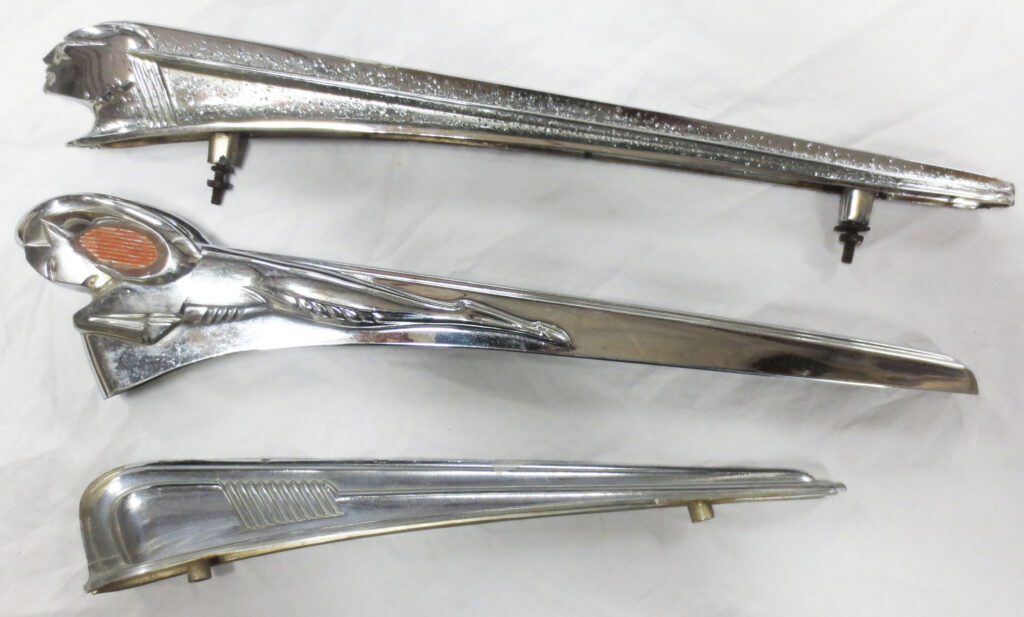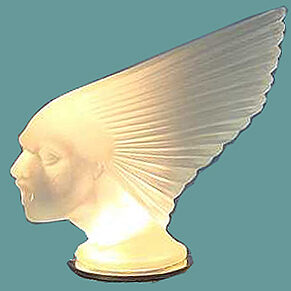Hood ornaments came to be in the early days of automobiles. The first cars had exposed radiator caps, which were used to check the coolant level and temperature. To make these caps more visually appealing, automakers began adding decorative elements to them. These decorative elements eventually evolved into hood ornaments.
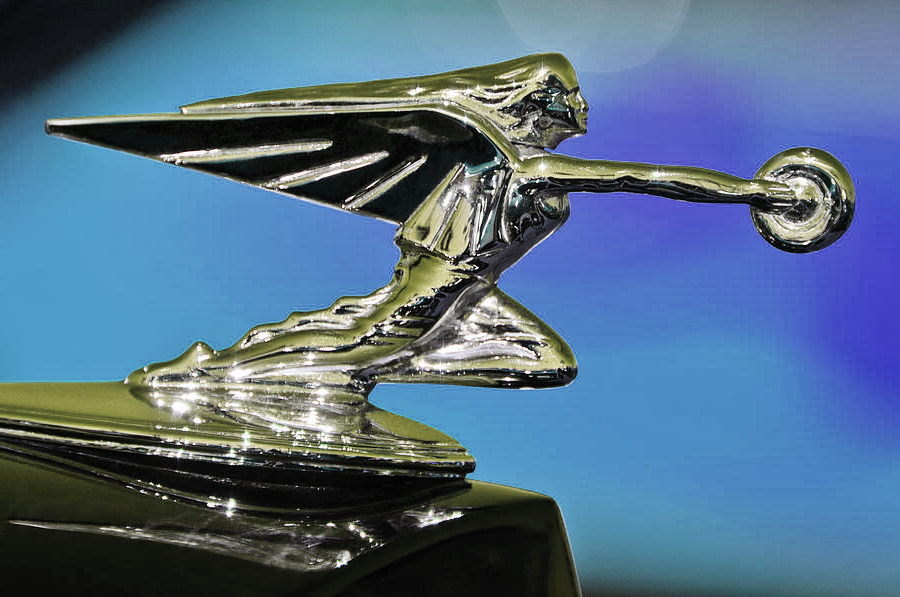
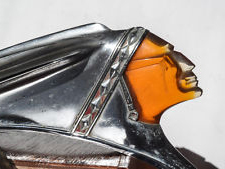
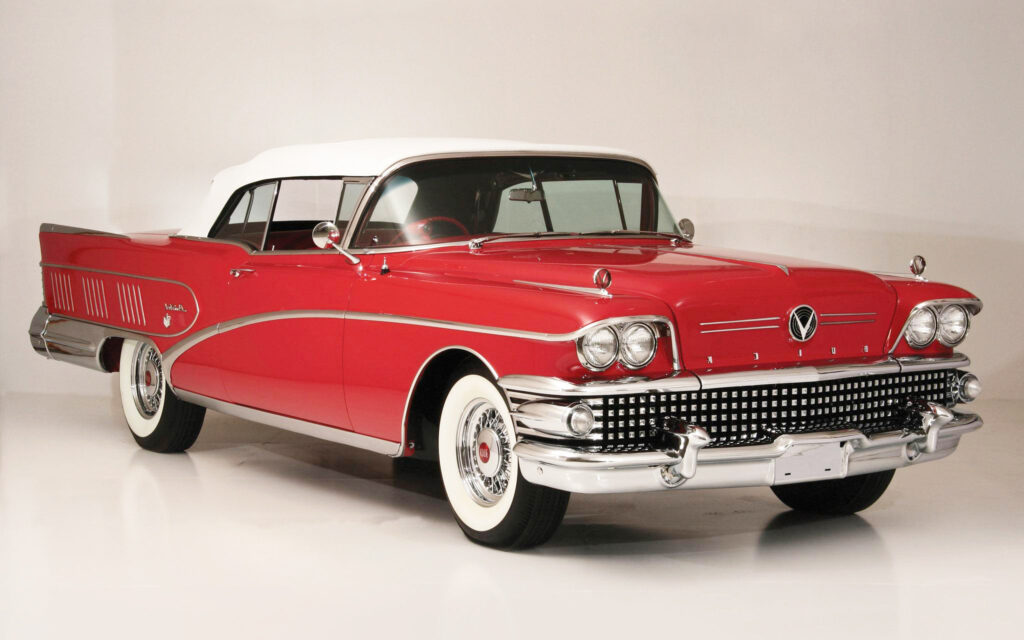
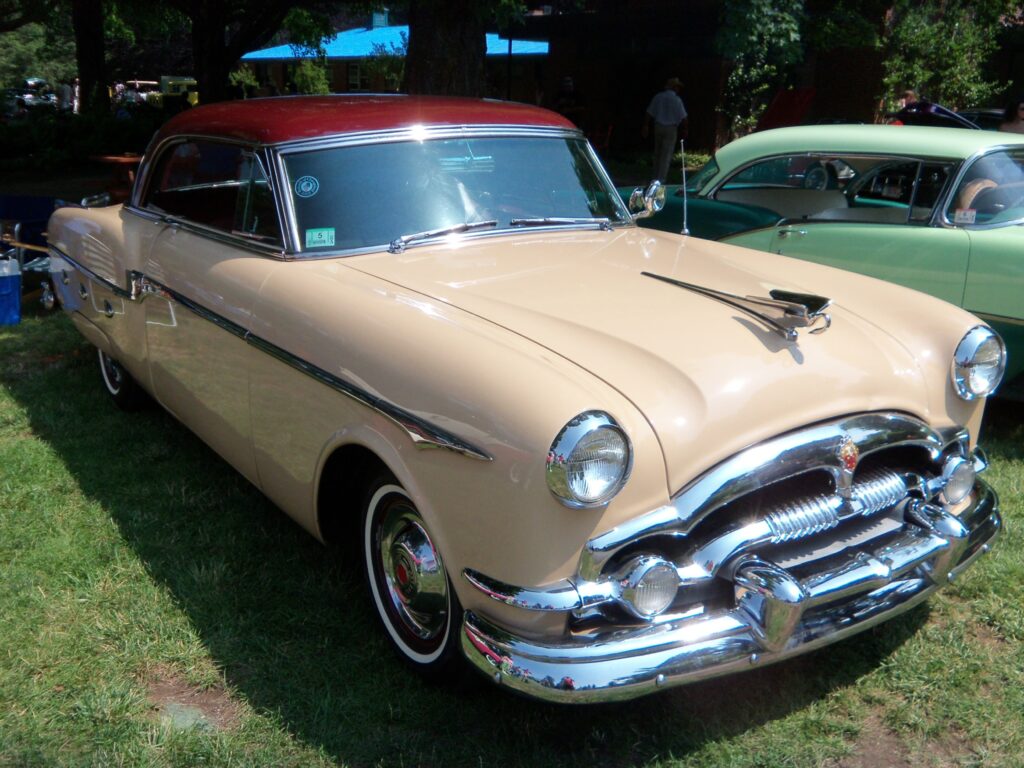
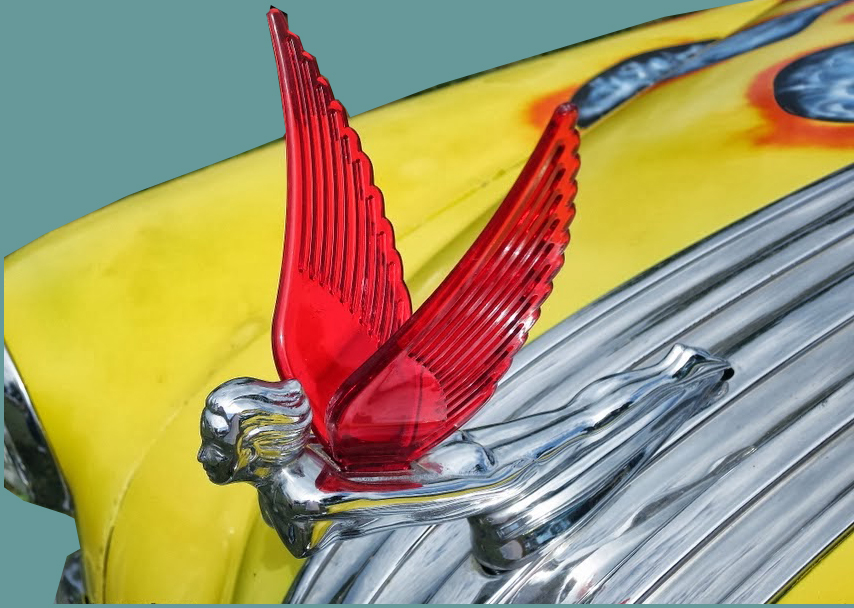
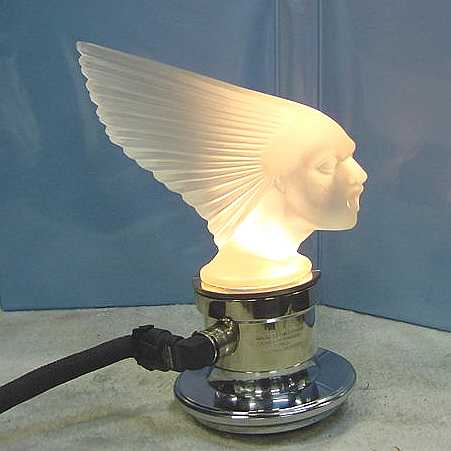
In the early 1900s, hood ornaments became a popular way for automakers to express their brand identity. They were often designed to reflect the company’s values, such as luxury, speed, or power. For example, Rolls-Royce adopted the Spirit of Ecstasy as its hood ornament, while Mercedes-Benz used a three-pointed star.
Hood ornaments also became a status symbol. Owning a car with a distinctive hood ornament was a way of showing off your wealth and social standing. As a result, hood ornaments became increasingly elaborate and expensive.
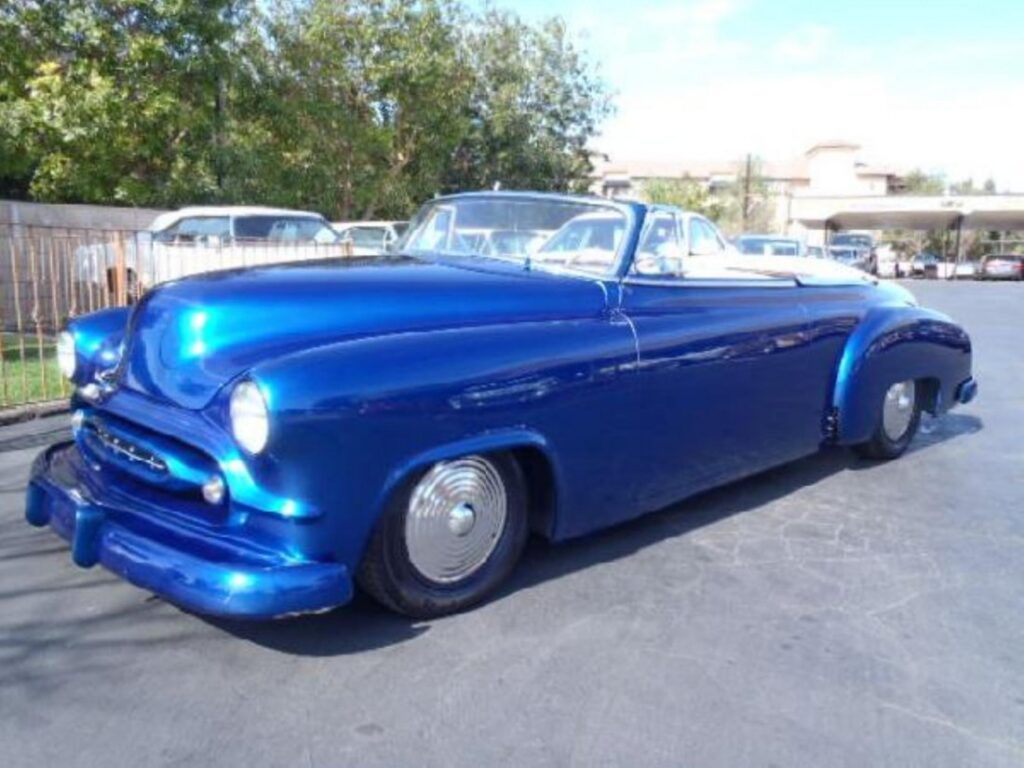
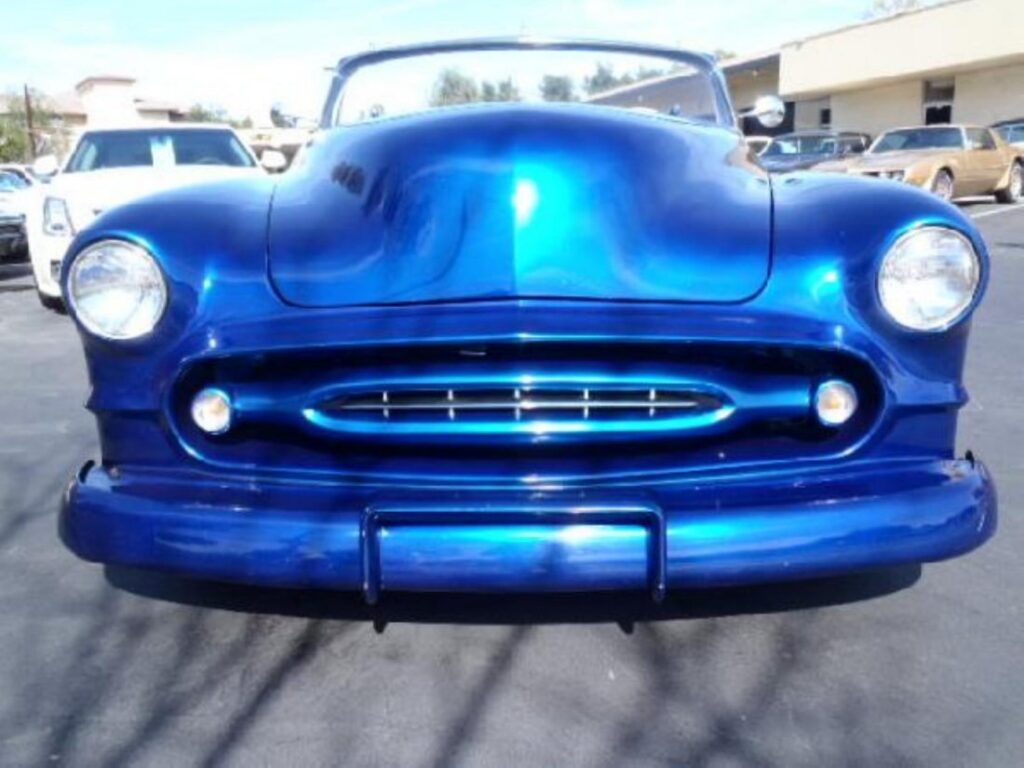
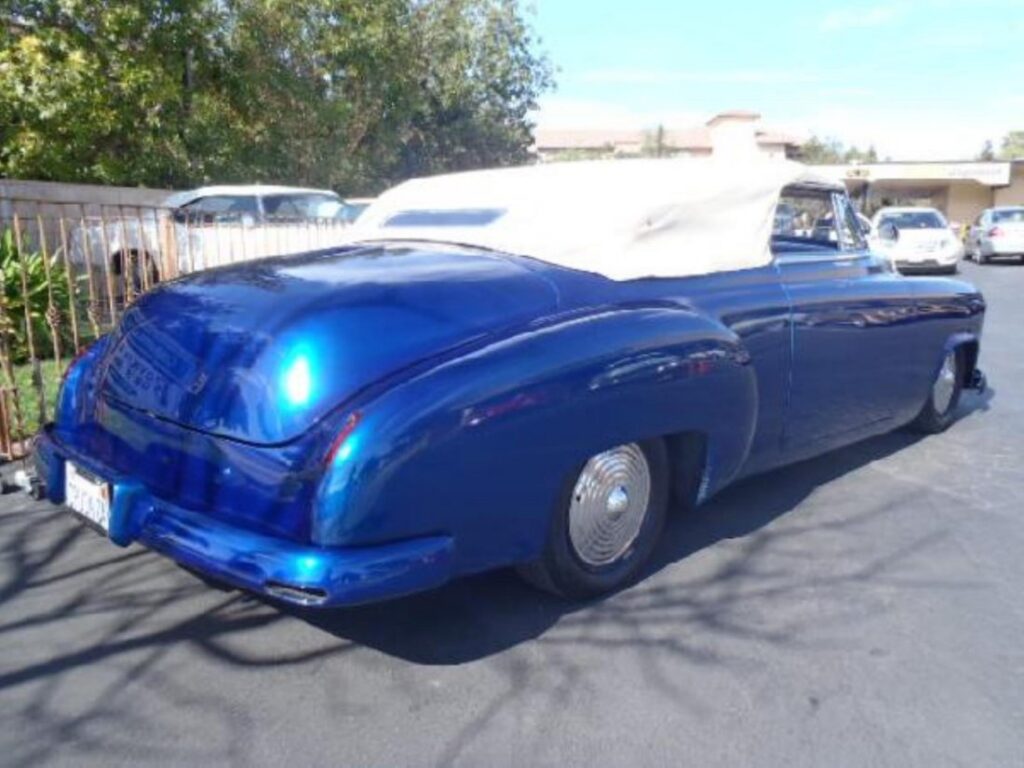
The popularity of hood ornaments began to decline in the 1950s. This was due to a number of factors, including:
- Safety concerns. Hood ornaments were seen as a potential safety hazard. In the event of an accident, they could be thrown into the windshield or injure pedestrians.
- Aerodynamics. Hood ornaments can disrupt the airflow over a car, which can reduce fuel efficiency.
- Cost. Hood ornaments can be expensive to manufacture and replace.
- Styling trends. As cars became more aerodynamic, hood ornaments began to look out of place.
As a result of these factors, most automakers stopped offering hood ornaments as standard equipment. However, some luxury brands still offer them as an option. Hood ornaments are also available as aftermarket accessories.
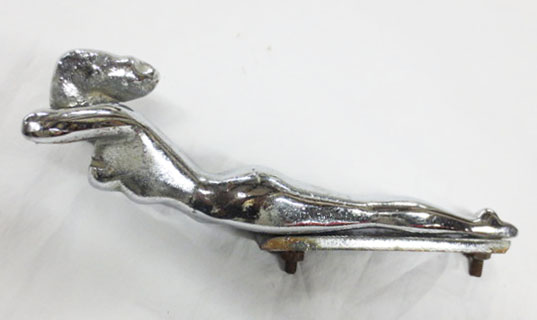
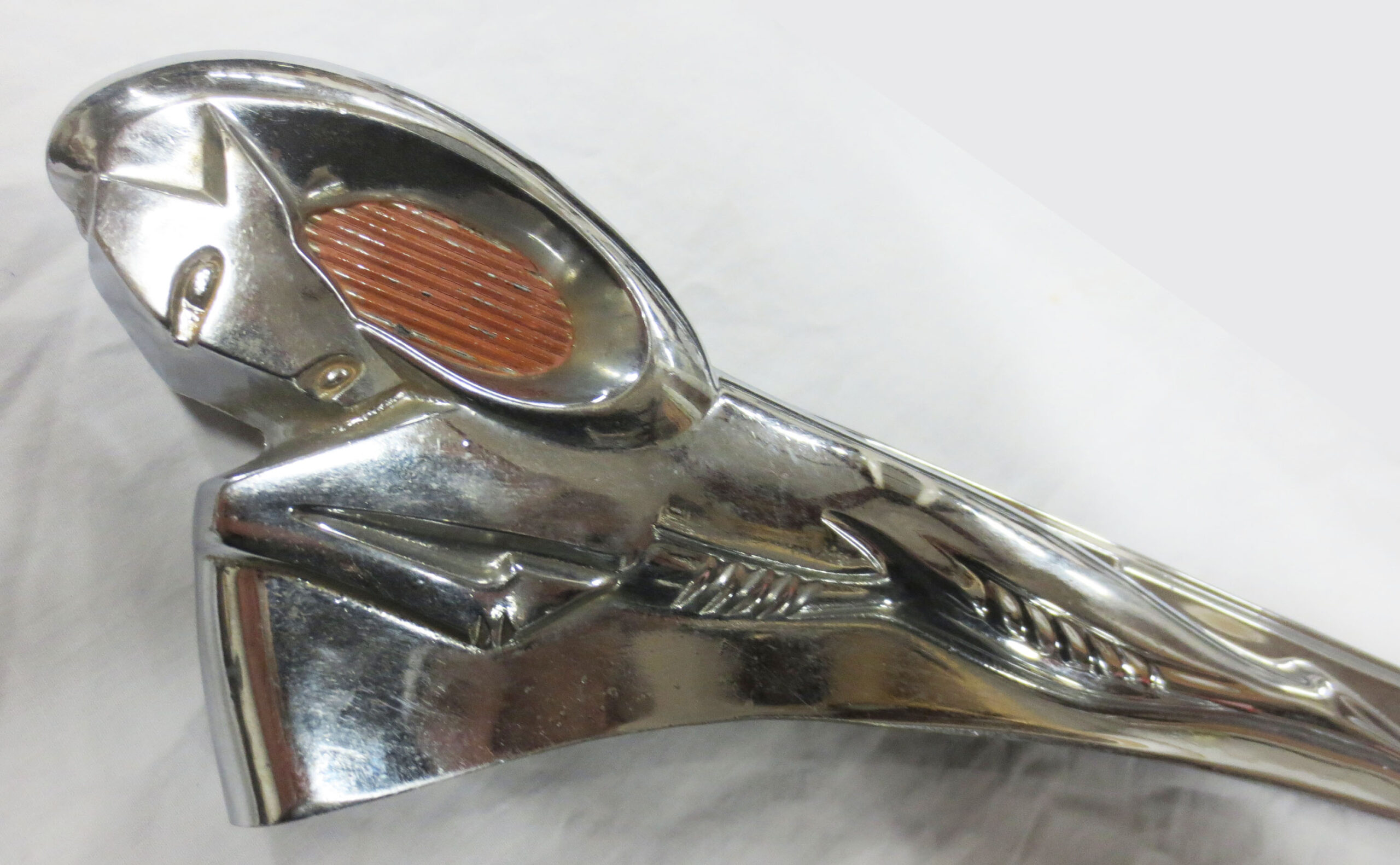
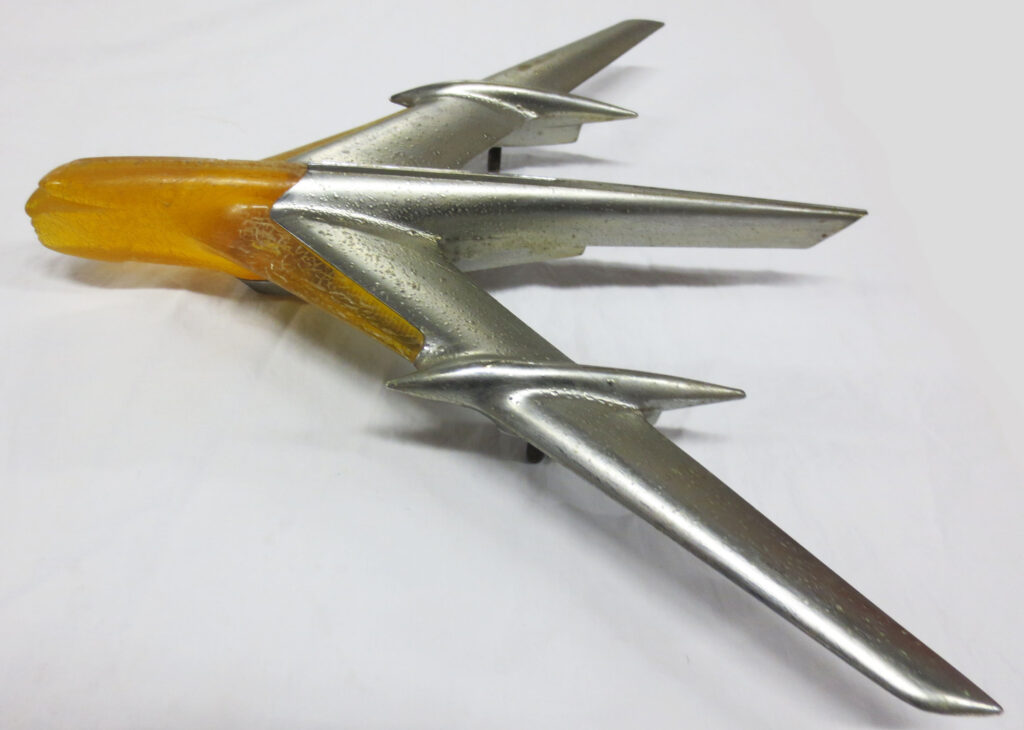
Today, hood ornaments are considered to be a classic automotive accessory. They are a reminder of a bygone era, when cars were seen as symbols of luxury and innovation.
